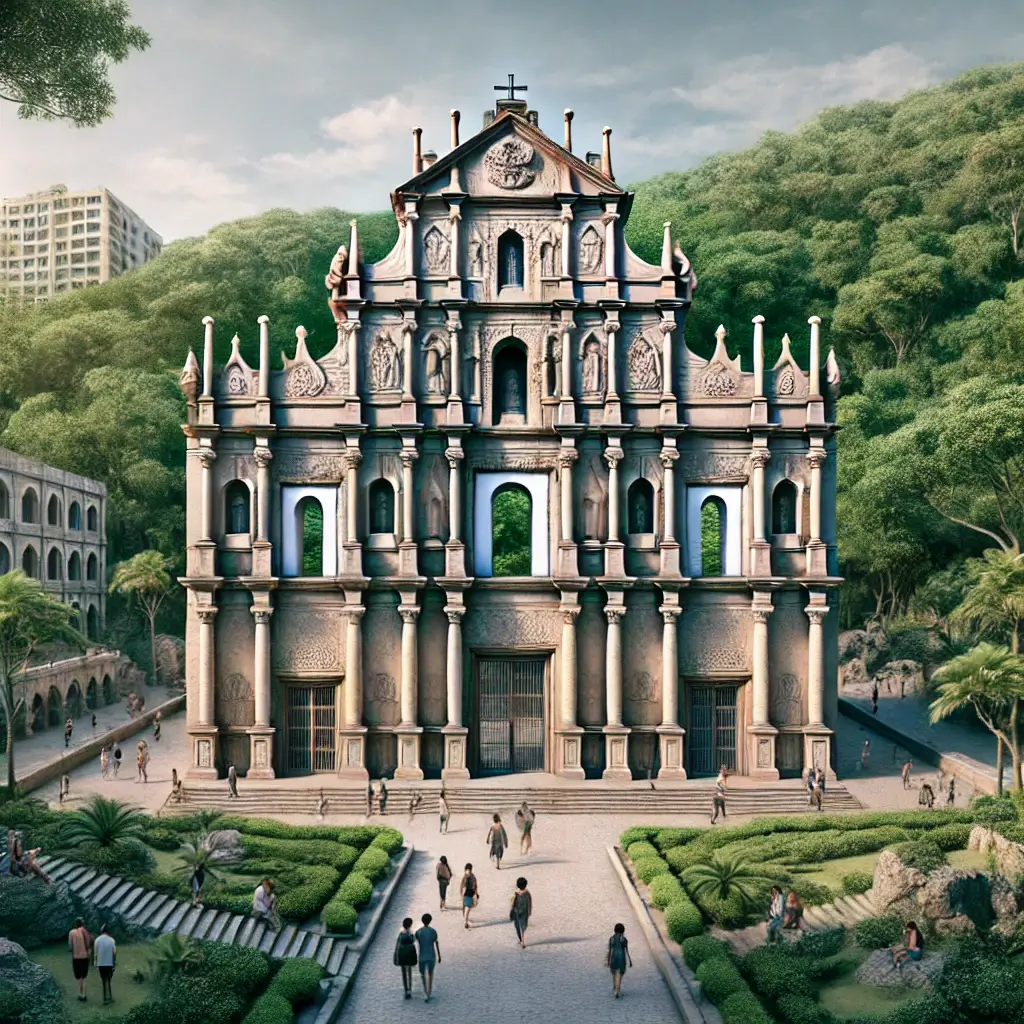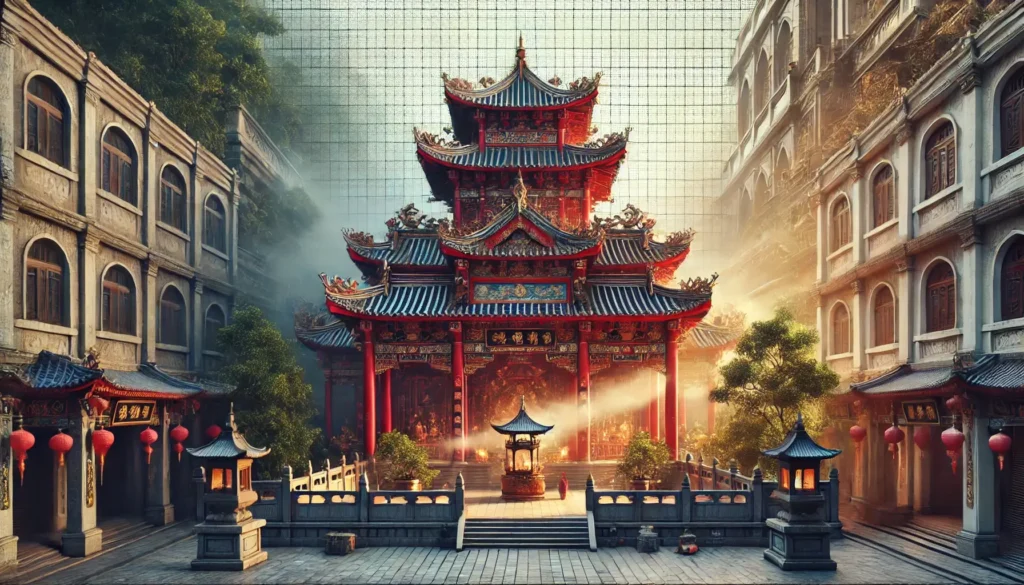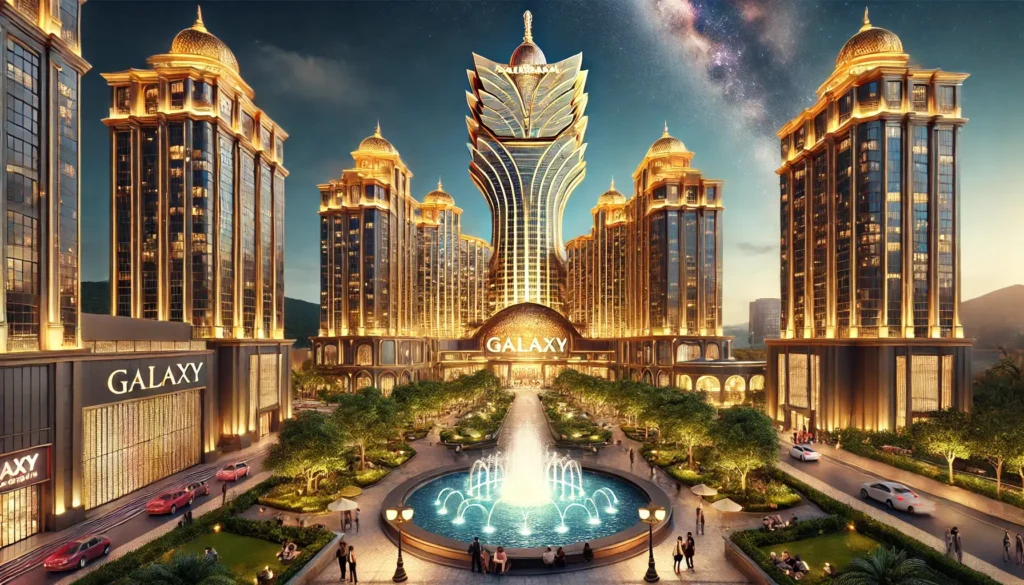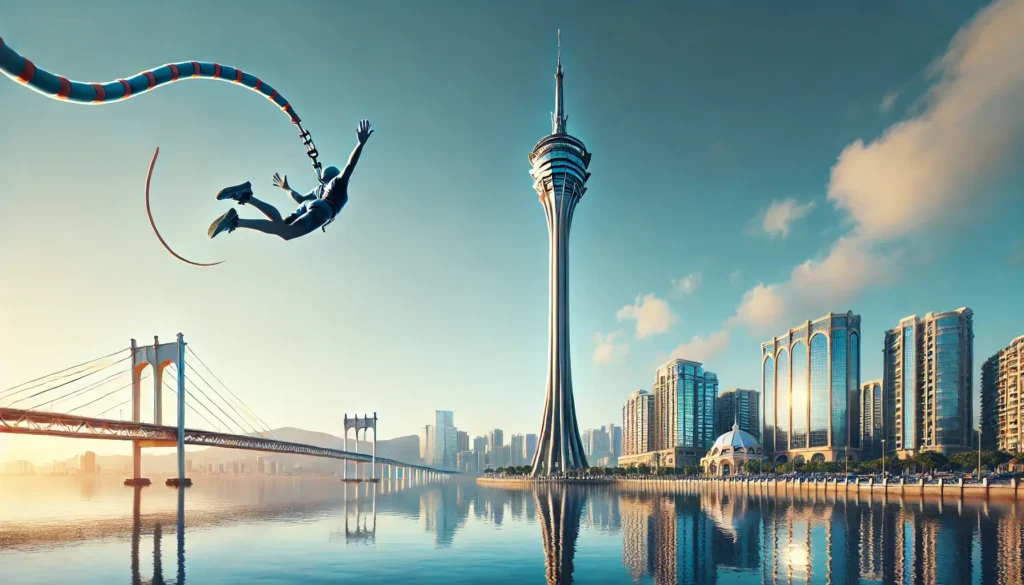About Macau
First, lets start with an introduction to Macau.
Macau, a captivating blend of East and West, is a Special Administrative Region (SAR) of China located on the southern coast, just across the Pearl River Delta from Hong Kong. Known as the “Las Vegas of Asia,” Macau is famous for its world-class casinos, luxury resorts, and vibrant entertainment scene. Yet, it also offers a rich cultural tapestry, with its Portuguese heritage interwoven with Chinese traditions.
History and Culture
Colonial Legacy
For over 400 years, Macau was a Portuguese colony, leaving a lasting legacy seen in its architecture, cuisine, and cultural festivals. The region was returned to Chinese sovereignty in 1999 but retains its unique identity.
UNESCO World Heritage Sites
Macau’s Historic Centre, featuring landmarks like Senado Square and the Ruins of St. Paul’s, is recognized as a UNESCO World Heritage Site, reflecting its cultural significance.
Geography and Climate
The Layout
Macau comprises the Macau Peninsula and the islands of Taipa and Coloane, now connected by reclaimed land known as Cotai.
Climate
Subtropical with hot, humid summers and mild, dry winters. The best time to visit is in the cooler months from October to December.
Macanese Cuisine
Macau’s food scene is a delightful fusion of Portuguese and Chinese flavors, creating a unique culinary identity. Don’t miss signature dishes like the ones below!
Egg Tarts
A flaky pastry filled with creamy custard.
Minchi
A comforting dish of minced meat seasoned with soy sauce and served with rice.
African Chicken
A spicy, flavorful chicken dish with Portuguese influences.
Festivals and Events
Chinese New Year
Experience vibrant celebrations with parades, lion dances, and fireworks.
Macau Grand Prix
A world-famous motorsport event that attracts visitors from around the globe.
Mid-Autumn Festival
Enjoy traditional mooncakes and colorful lantern displays.
Modern Attractions
While steeped in history, Macau is also a modern destination with cutting-edge entertainment and luxury.
The Cotai Strip
A hub for glitzy casinos, fine dining, and high-end shopping.
Studio City
A Hollywood-themed resort with a giant Ferris wheel and thrilling rides.
Macau Tower
An iconic landmark offering breathtaking views and adrenaline-pumping activities.
Getting Around
Macau is compact and easy to navigate.
Public Transport
An extensive bus network connects all major attractions.
Taxis and Ride-Sharing
Convenient options for getting around.
Walking
Ideal for exploring the Historic Centre and discovering hidden gems.
The Pearl River
The Pearl River, also known as Zhujiang, is one of the most important waterways in southern China, serving as both a natural wonder and a vital artery for commerce and culture. Stretching over 2,000 kilometers, it flows through a diverse landscape of bustling cities, tranquil villages, and lush riverbanks, culminating in its dramatic delta before reaching the South China Sea.
The Pearl River Delta is often regarded as the beating heart of southern China’s economic powerhouse. It is home to major cities like Guangzhou, Shenzhen, and Macau, each contributing to the region’s dynamic growth. The river itself has played a pivotal role in shaping the cultural and economic identity of the area, connecting communities and facilitating trade for centuries.
Travelers to the Pearl River Delta can experience its multifaceted appeal through river cruises that offer a unique perspective of the landscape. By day, the river presents a serene scene, with fishing boats gliding across the water and verdant banks dotted with traditional villages. By night, it transforms into a shimmering corridor of light as the cityscapes of Guangzhou and Shenzhen illuminate the horizon. These cruises often feature onboard dining and entertainment, making them an unforgettable way to immerse oneself in the region’s vibrancy.
The river is also steeped in history and mythology. Legends tell of dragons that once roamed its waters, protecting the lands and blessing its people. Historically, the Pearl River was a crucial trade route during the Ming and Qing dynasties, linking China to the world. Today, its legacy is preserved in cultural landmarks and museums scattered throughout the delta, offering insights into its storied past.
For nature enthusiasts, the Pearl River offers a gateway to stunning biodiversity. Wetlands along its course serve as habitats for countless species of birds and aquatic life. The interplay of urban development and natural beauty creates a fascinating contrast, showcasing the region’s efforts to balance progress with preservation.
The Pearl River is more than just a geographical feature; it is a symbol of the region’s resilience and adaptability. Its waters have witnessed centuries of change, from ancient empires to the modern metropolises that now line its shores. Whether you’re exploring its bustling cities, delving into its history, or simply enjoying the tranquility of its waters, the Pearl River invites you to discover its timeless charm and enduring significance.




